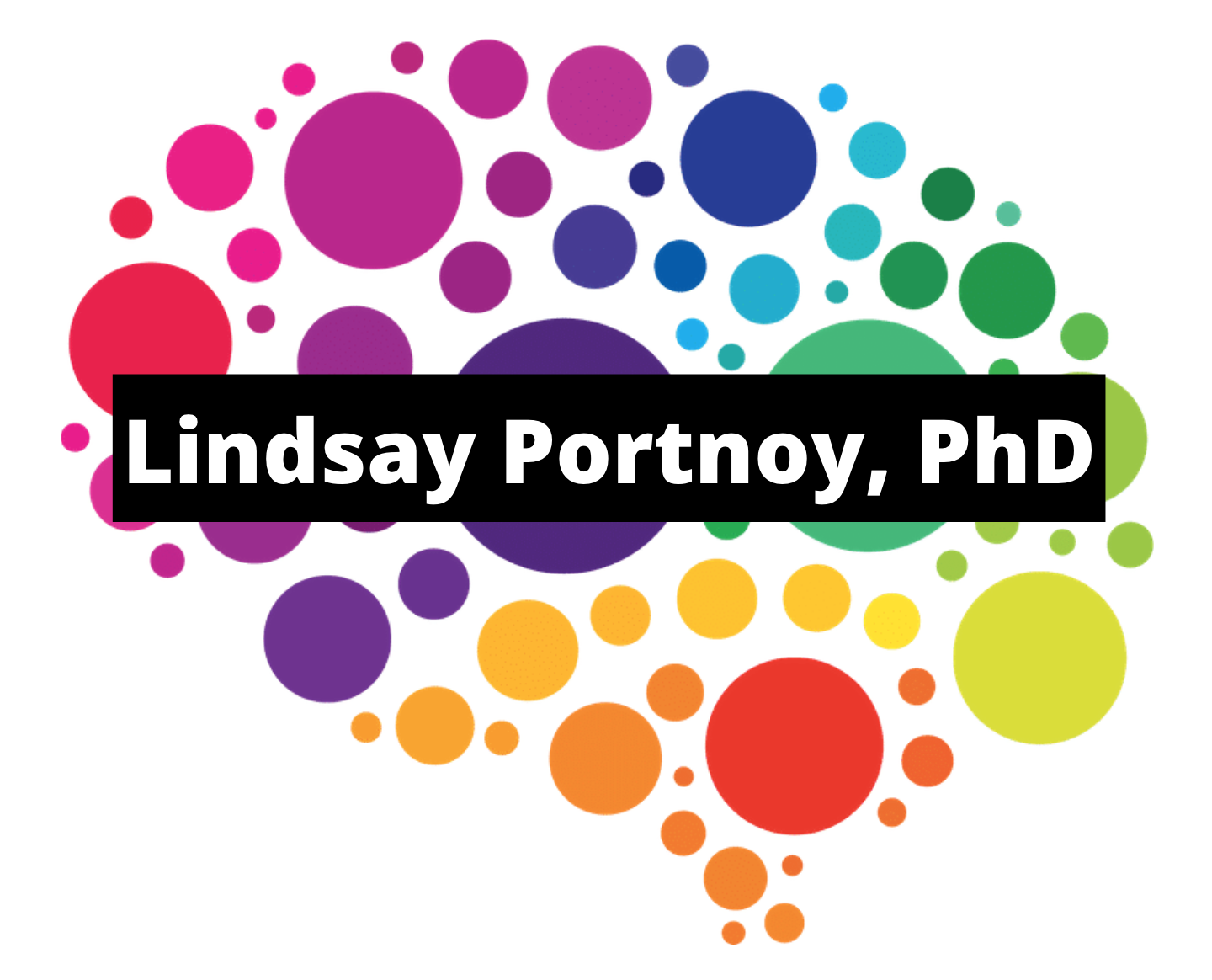During the #DesignedToLearn twitter chat about “Identify and Research”, educators were encouraged to think deeply about cognitive science.
Three of the recurring themes that are discussed throughout the book are self-regulation, metacognition, and epistemic beliefs.
A helpful image is below followed by the questions we explored in our Twitter chat about #DesignedToLearn:
To download and print a high quality version of this tool please CLICK HERE.
Q1: When solving problems in design thinking classrooms, how do you explain the difference between the symptoms and the root cause?
Q2: What are some questions you can use as formative check-in’s to scaffold student understanding of the difference between a potential symptom and the root cause?
Q3: In what ways can you help students understand their beliefs about knowledge and knowing (epistemology) is evolving, what sorts of questions can you ask?
Q4: Thinking about some individuals who are great problem solvers, HOW those folks seek the root cause from the many symptoms of a problem? Tag them here and tell them how you SEE their superpower!









